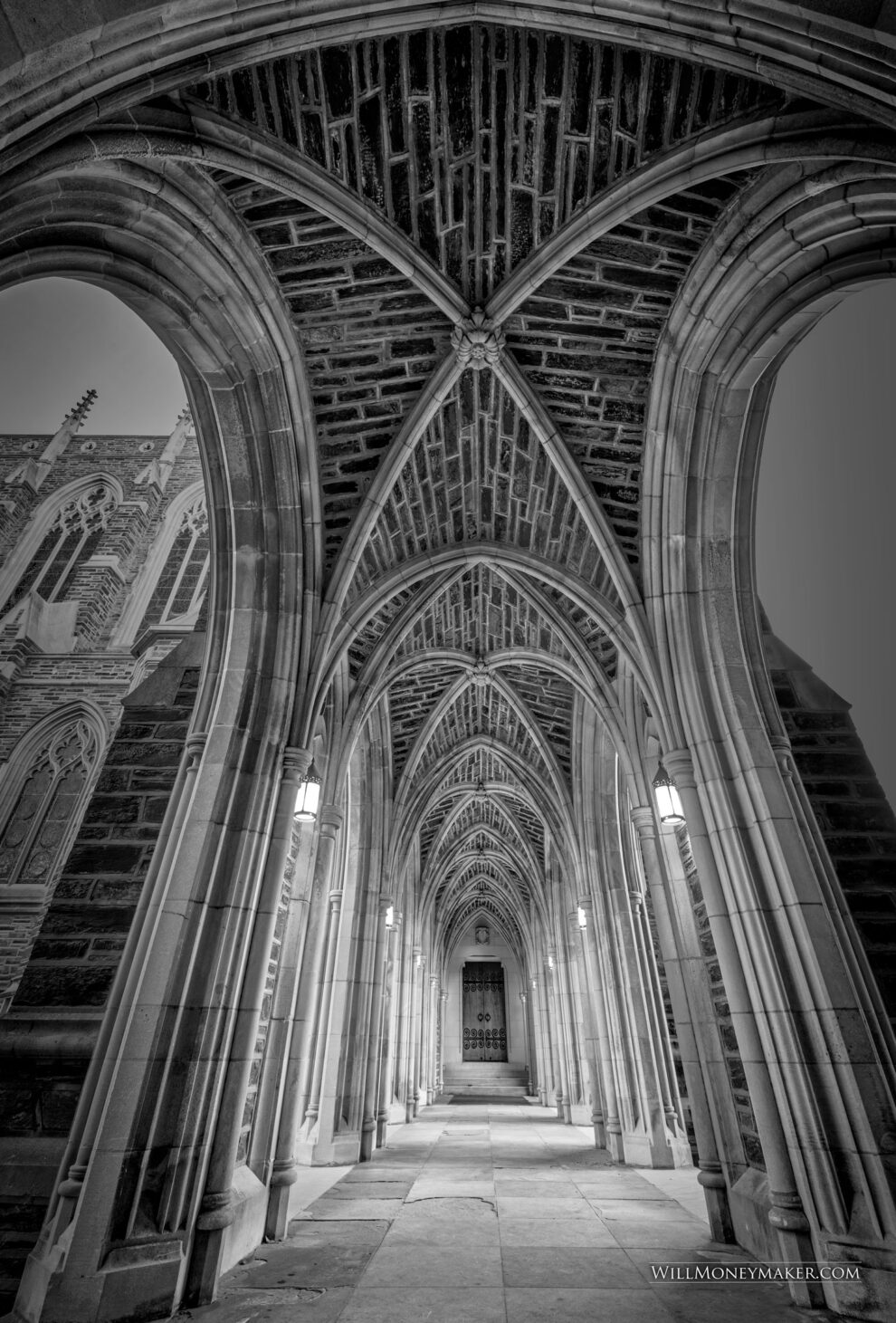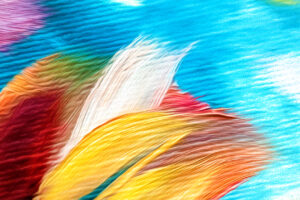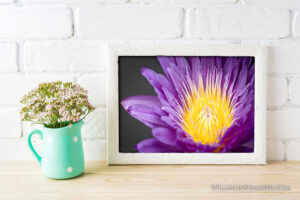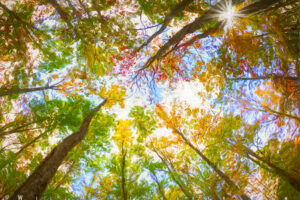Photography is all about layers—and when I say that, the first thing that probably comes to your mind is working with layers in Photoshop or similar software. But those aren’t the layers to which I’m referring. I’m speaking of the layers of thought and feeling that go into photography.
It’s something that you’ll see when you’re looking at artwork created by others, but it isn’t something that is always immediately apparent upon first glance. Most images that have been purposefully designed—that is, the type that isn’t just a snapshot—will have layers of meaning to them.
The interesting thing about this is that these layers may not even be something the photographer intended to add. Some of the layers that we find in artwork might be something we assign to a particular image. For instance, to you, a dilapidated building might remind you of an old workplace or a childhood haunt. To someone else, it’s more a symbol of decay. It’s completely possible to assign our own meanings to an image, and that’s something we’re only going to find when we pause to study a photograph deeply.
Whether the layers have been put in place by the photographer who created it or whether we’re finding meanings of our own because a photograph holds something coincidentally personal, it takes time and thought to spot these things. And that’s why we have to think in layers when we’re looking at art.
Thinking in layers is a two-way street, too. During the creation of a photograph, you’ll need to consider the depth you want to put into it. Think of it a little bit like hiding Easter eggs. You want the hunt to be a good one, so hide lots of things for people to discover. Hide them well enough for the hunt to be intriguing, but not so well that no one will ever find the meanings you intend.
In other words, spend time on the creation process to really dig deep and put some thought into the photograph. This is what separates the snapshot from art. Approach photography with the idea of creating layers of meaning and emotion. There’s nothing wrong with photographs designed to garner quick appeal, but photographs made with that in mind may never get more than the passing glance in which they were intended for.
To make your photographs stick with an audience, design them for deeper study. Think about all the nuance, the emotion, and the meaning that can be layered into a composition. It is possible to fill an image with many, many layers of things for viewers to interpret—and when you take the time to do that, this is what drives people to purchase images and to hang them up in their homes. Because they know that each time they look at it, they’ll be rewarded with depth. There will be meaning and maybe even new things to gain from the image every time they pause to enjoy it.





